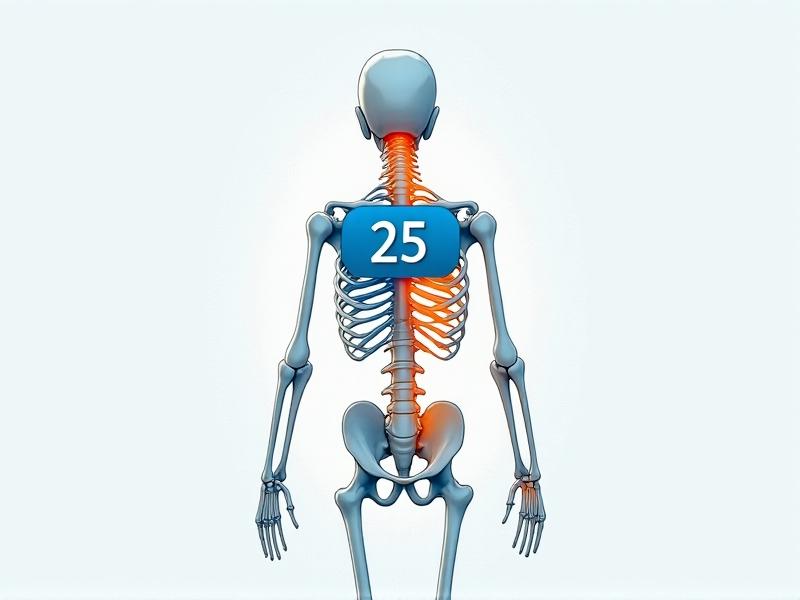```html
The Pomodoro Posture Method: Merging Productivity and Physical Wellness

In today’s fast-paced work culture, balancing productivity with physical health often feels like an impossible trade-off. Enter the Pomodoro Posture Method—a fusion of the classic Pomodoro Technique and intentional movement breaks designed to combat sedentary strain. By segmenting work into 25-minute intervals followed by 5-minute posture-focused stretches, this approach addresses both mental fatigue and musculoskeletal stress. The result? A sustainable rhythm that keeps you productive without sacrificing your body to the grind.
The Science Behind Timed Work-Stretch Intervals

Research shows that prolonged sitting reduces blood circulation, tightens hip flexors, and strains the spine. A 2022 study in the Journal of Occupational Health found that microbreaks every 30 minutes reduced neck and shoulder discomfort by 40%. The Pomodoro Posture Method capitalizes on this by interrupting sedentary periods before muscle stiffness sets in. These brief movement windows also stimulate the release of brain-derived neurotrophic factor (BDNF), a protein that enhances cognitive function—proving that stretching isn’t just physical maintenance but mental fuel.
Ergonomic Essentials: Preparing Your Workspace

Your environment sets the stage for success. Start by aligning your screen at eye level to avoid neck craning. Use a chair with lumbar support or a cushion to maintain the spine’s natural curve. Keep a yoga mat or foam roller nearby for stretch breaks. Position your timer visibly—this isn’t just a productivity tool but a commitment cue. Pro tip: Place a water bottle across the room; hydration forces you to stand regularly, naturally complementing your scheduled intervals.
Five-Mute Mobility Routines: Stretches That Deliver

Maximize each 5-minute break with targeted movements. Try the “Thoracic Twist”: Sit upright, place one hand behind you, and rotate your torso gently. For tight hamstrings, a “Chair Forward Fold” lets you hinge at the hips while holding your desk. The “Levator Scapulae Release”—tilting your ear toward one shoulder—combats tech neck. These aren’t yoga-class stretches; they’re pragmatic movements anyone can execute in work attire. Consistency trumps complexity here.
Overcoming the “I’m Too Busy” Mentality
The biggest hurdle isn’t physical—it’s psychological. Workers often skip breaks fearing disrupted flow. Counter this by reframing stretches as productivity enhancers, not interruptions. Start with just 1-2 intervals daily; gradual adoption builds habit strength. Pair stretches with rewards: Post-break, enjoy a square of dark chocolate or a favorite song. Eventually, your body will crave these pauses as much as your mind relies on them.
Tech Allies: Apps That Automate the Process
Leverage technology to remove friction. Apps like Stretchly combine Pomodoro timers with animated stretch guides. Wearables like the Apple Watch nudge you to stand hourly. For the DIY crowd, a simple Google Calendar alert works. The key is outsourcing the reminder burden so willpower isn’t your only motivator. Bonus: Many tools offer analytics, letting you track streaks and celebrate small wins.
From Skeptic to Advocate: User Transformations
Take Sarah, a graphic designer who dismissed the method as “hippie nonsense”—until chronic back pain subsided within two weeks. Or Mark, a programmer who credits his stretch breaks for solving afternoon brain fog. These stories aren’t anomalies; they’re testaments to how small, consistent actions compound. Unlike crash diets or extreme fitness challenges, this method’s power lies in its gentle, sustainable rhythm.




